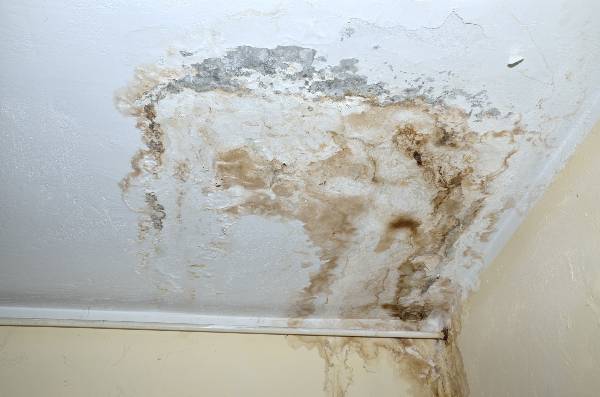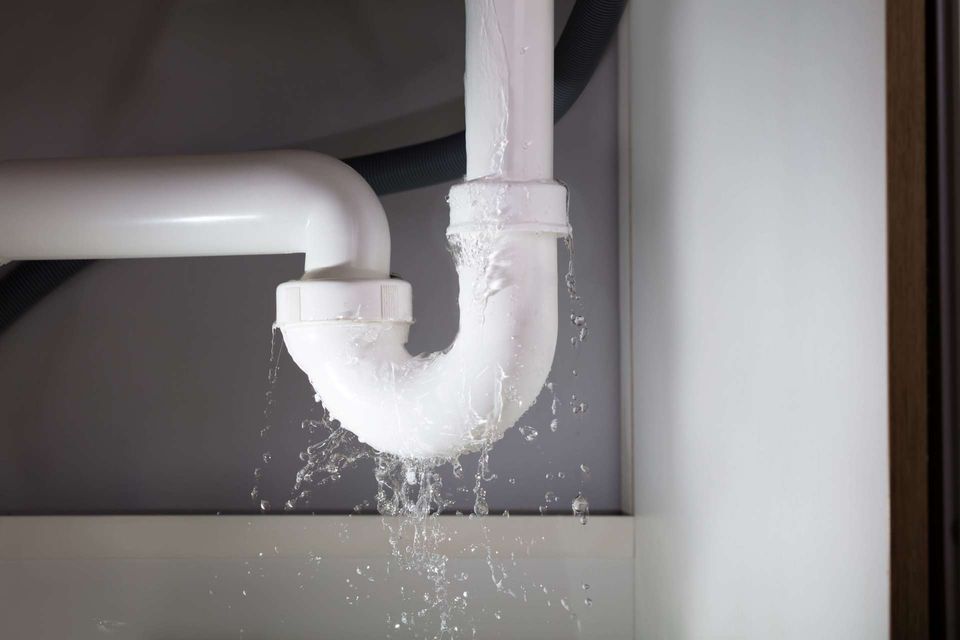Detect Invisible Water Line Leaks: Six Effective Hacks
Detect Invisible Water Line Leaks: Six Effective Hacks
Blog Article
What're your ideas with regards to Top leak detection hacks?

Early discovery of dripping water lines can mitigate a possible calamity. Some tiny water leakages might not be noticeable.
1. Check Out the Water Meter
Every house has a water meter. Inspecting it is a guaranteed manner in which assists you discover leaks. For beginners, switch off all the water sources. Make sure nobody will flush, utilize the faucet, shower, run the washing device or dishwasher. From there, most likely to the meter as well as watch if it will certainly transform. Given that no one is utilizing it, there must be no motions. That shows a fast-moving leak if it moves. If you find no adjustments, wait a hr or 2 as well as inspect back once again. This indicates you may have a sluggish leakage that can also be below ground.
2. Check Water Intake
Examine your water costs as well as track your water usage. As the one paying it, you should notice if there are any type of discrepancies. If you find sudden changes, in spite of your intake coinciding, it means that you have leakages in your plumbing system. Bear in mind, your water costs should drop under the same array monthly. An abrupt spike in your bill indicates a fast-moving leak.
A stable increase every month, even with the exact same practices, shows you have a slow-moving leakage that's likewise slowly intensifying. Call a plumber to thoroughly check your building, specifically if you really feel a cozy area on your flooring with piping underneath.
3. Do a Food Coloring Test
30% comes from toilets when it comes to water usage. Examination to see if they are running appropriately. Drop flecks of food shade in the container and wait 10 minutes. There's a leakage in between the tank and also dish if the shade somehow infiltrates your dish during that time without flushing.
4. Asses Exterior Lines
Do not forget to examine your outdoor water lines too. Must water leak out of the link, you have a loose rubber gasket. One tiny leakage can squander bunches of water and spike your water bill.
5. Analyze the situation and also examine
Property owners should make it a habit to inspect under the sink counters as well as even inside cupboards for any kind of bad odor or mold development. These 2 warnings show a leakage so prompt interest is needed. Doing regular examinations, even bi-annually, can save you from a major problem.
Check for stainings as well as weakening as most pipelines and home appliances have a life expectancy. If you believe leaking water lines in your plumbing system, don't wait for it to rise.
Early discovery of leaking water lines can reduce a potential catastrophe. Some tiny water leakages may not be visible. Inspecting it is a proven method that helps you find leakages. One small leak can lose heaps of water as well as increase your water expense.
If you believe dripping water lines in your plumbing system, do not wait for it to escalate.
WARNING SIGNS OF WATER LEAKAGE BEHIND THE WALL
PERSISTENT MUSTY ODORS
As water slowly drips from a leaky pipe inside the wall, flooring and sheetrock stay damp and develop an odor similar to wet cardboard. It generates a musty smell that can help you find hidden leaks.
MOLD IN UNUSUAL AREAS
Mold usually grows in wet areas like kitchens, baths and laundry rooms. If you spot the stuff on walls or baseboards in other rooms of the house, it’s a good indicator of undetected water leaks.
STAINS THAT GROW
When mold thrives around a leaky pipe, it sometimes takes hold on the inside surface of the affected wall. A growing stain on otherwise clean sheetrock is often your sign of a hidden plumbing problem.
PEELING OR BUBBLING WALLPAPER / PAINT
This clue is easy to miss in rooms that don’t get much use. When you see wallpaper separating along seams or paint bubbling or flaking off the wall, blame sheetrock that stays wet because of an undetected leak.
BUCKLED CEILINGS AND STAINED FLOORS
If ceilings or floors in bathrooms, kitchens or laundry areas develop structural problems, don’t rule out constant damp inside the walls. Wet sheetrock can affect adjacent framing, flooring and ceilings.
https://www.servicemasterbyzaba.com/blog/how-to-detect-water-leakage-in-walls/

I'm very inquisitive about Locating water leaks and I'm hoping you enjoyed our entry. Sharing is good. Helping others is fun. Thank you for your time. Visit again soon.
Don't delay, ring today! Report this page